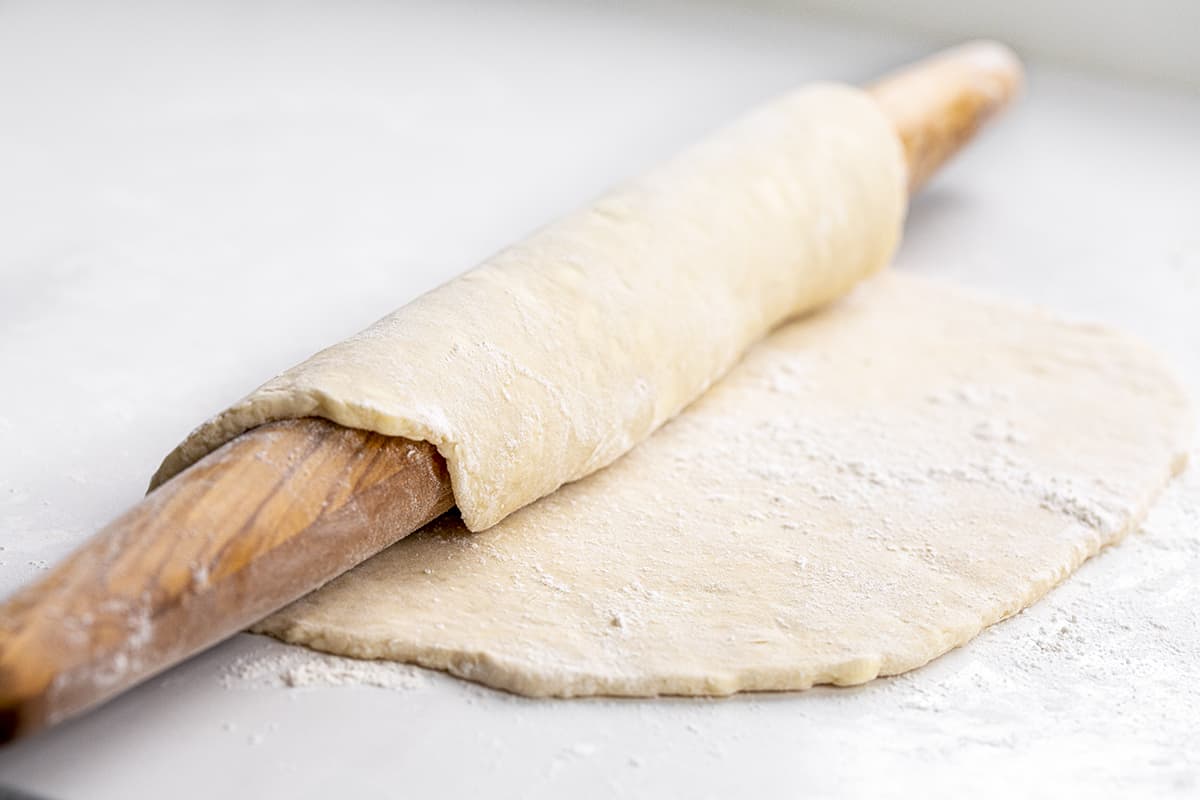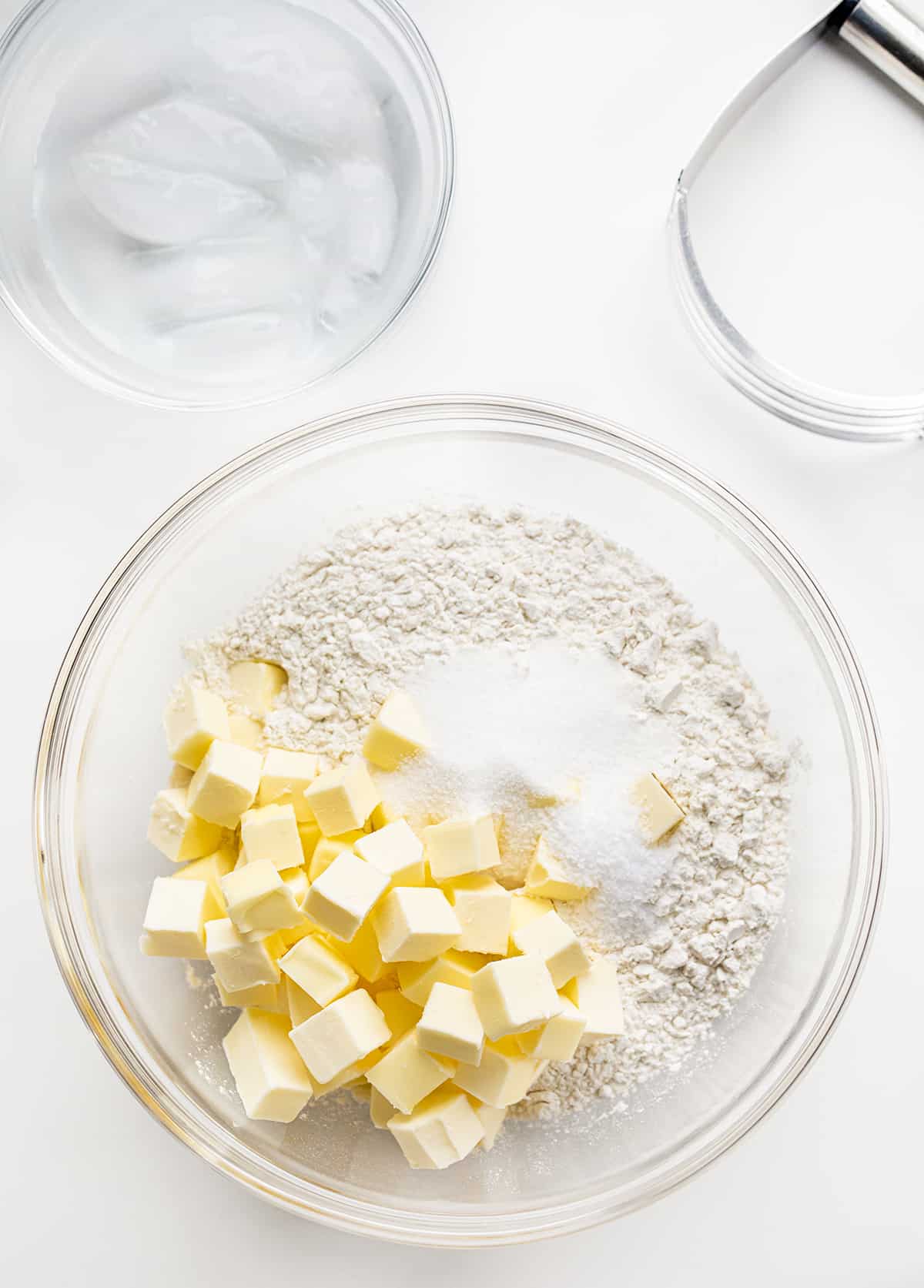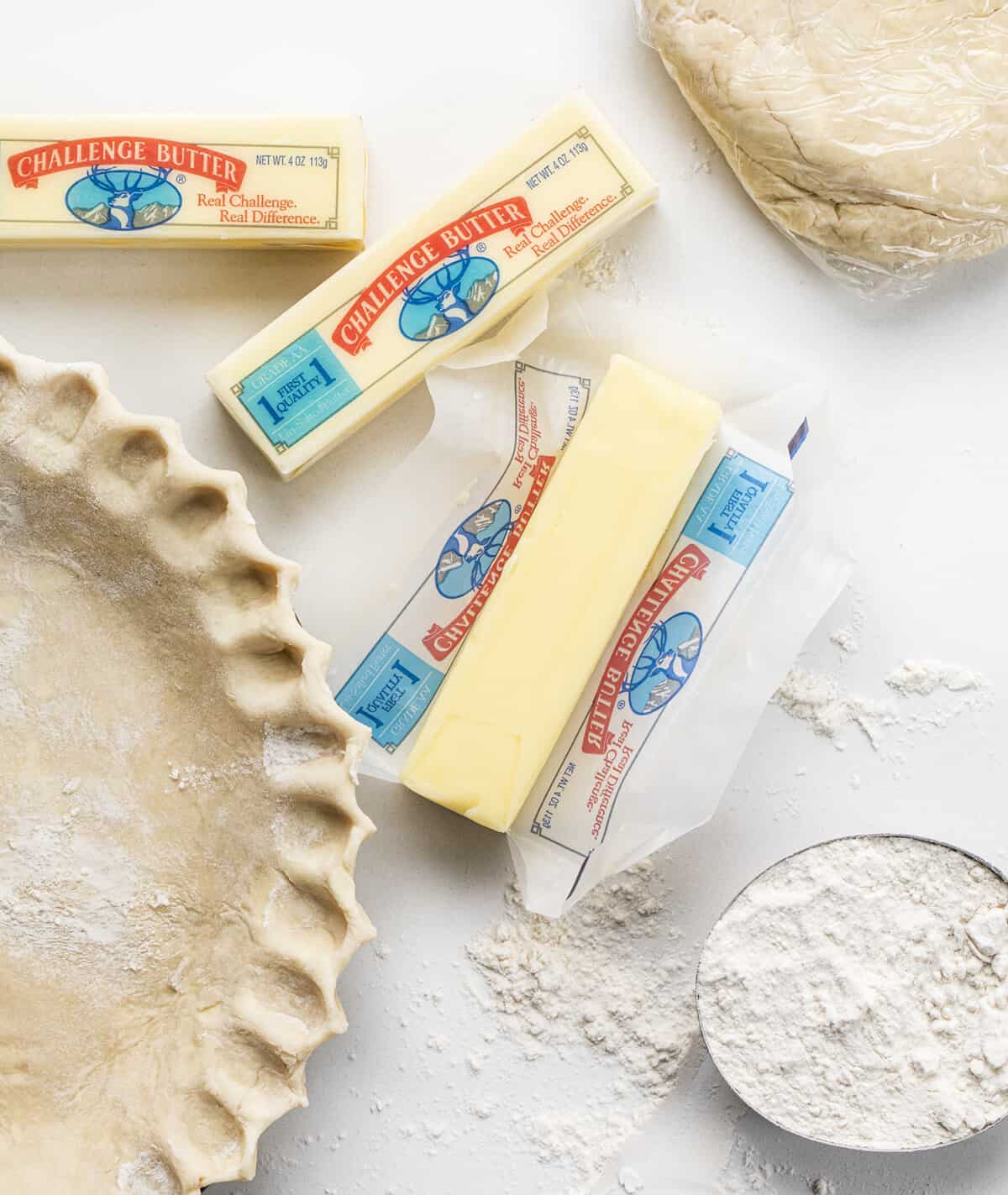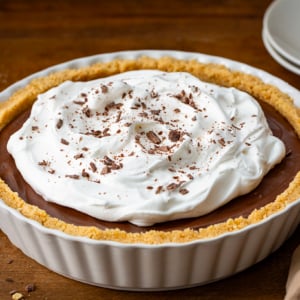All Butter Pie Crust is a wonderful recipe for both hot and cold pies, made with a cup of butter and no shortening or oil. Plus, it is easy to put together with minimal ingredients. If you prefer using shortening in a crust, be sure to check out my No-Fail Pie Crust, too!

All Butter Pie Crust
There is no need to be intimidated or fearful about baking a pie with a homemade pie crust! This is the perfect recipe to build your confidence, and you probably have all of the ingredients on hand. There is no lard or shortening in this recipe, which you could probably guess by the title of the recipe. So, get out the few ingredients you need and your favorite pie recipes!

Ingredients
Flour: All-purpose flour is always my go-to when it comes to pie crusts. It just works best!
Sugar & Salt: We found that a tablespoon of granulated sugar with a teaspoon of kosher salt was a good ratio for added flavor to the crust without being overpowering.
Butter: Unlike my baking recipes that call for room-temperature butter, for pie crusts, use cold, cubed butter. And, since it is the star of this recipe, I used Challenge® unsalted butter. Challenge® butter is the best quality butter, churned fresh daily from the freshest milk and cream from happy cows at family-owned dairies since 1911.
Ice Water: Just like cold butter is essential for the best pie crusts, so is ice water. This helps keep the butter cold until baking time.

Why Use Cold, Cubed Butter?
There is a reason why butter (and water) need to be cold when preparing the pie crust dough. The cold butter releases steam during baking, which results in a flakier crust. In addition, the butter should be cubed and cut into the flour mixture (not mixed). This will prevent the butter from coating the flour too much, causing crumbly dough.

Hot and Cold Pies
This homemade pie crust works great for both hot and cold pies. If you are using this recipe for hot pies, roll out one-half of the chilled dough onto a floured surface. Roll it out to about 1/4-inch thickness; then, transfer it to a 9-inch pie tin. If using the second half as the top crust, again, roll it out to about 1/4-inch thickness and place it on top. For a cold pie, roll out half of the dough to 1/4-inch thickness and transfer it to a pie tin. In both cases, follow the instructions of the pie recipe you are using, which will give you the temperatures recommended for that specific pie, as well as if you need to blind-bake the crust.

Par Baking vs. Blind Baking Pie Crusts
Although sometimes used interchangeably, par baking and blind baking are two separate methods when it comes to pie crusts. Par baking is when a crust is partially baked whereas blind baking is completely baking the crust. But, when is each method used?
Par (partially) baking the crust is used when you will be filling the crust and transferring the pie back into the oven to bake (meaning the crust will continue to bake as well as the filling). Blind baking is used when the added pie filling is already cooked, a raw filling is added, or for a custard pie. These pies will not go back into the oven.
How to Store All Butter Pie Crust
If you are using the crust (or crusts) within a few days, keep the dough wrapped in plastic wrap in the refrigerator for up to 3 days. If you are not baking a pie within that timeframe, freeze the dough.

How to Freeze
To freeze the pie dough, lightly dust both sides of the dough discs (4-6 inches each in diameter) with flour and then wrap it tightly with plastic wrap. Then either place it in a freezer-safe bag or wrap it tightly in aluminum foil. Be sure to label and date. It should last 6 months in the freezer. When ready to use, let it thaw in the refrigerator overnight.

All Butter Pie Crust
Ingredients
- 2¼ cups (281 g) all-purpose flour
- 1 tablespoon granulated sugar
- 1 teaspoon kosher salt*
- 1 cup (2 sticks / 227 g) Challenge® unsalted butter, chilled, cubed
- ½ cup ice water
Instructions
- In a large bowl, whisk together the flour, sugar, and salt.
- Using a pastry cutter or a fork, cut the cubed butter into the flour mixture until the butter pieces are pea-sized or smaller. (You could also use a food processor to cut the butter cubes into the flour mixture.)
- Drizzle in the ice water, 2 tablespoons at a time, stirring after each addition. Continue to add the ice water until the dough comes together easily.
- Turn the dough out onto a clean, lightly floured work surface. Form the dough into a ball and divide it in half. Flatten each half into a disc shape.
- Wrap each piece of dough tightly in plastic wrap and refrigerate for at least 2 hours.
Hot Pie
- On a floured surface, roll half of the dough to ¼-inch thick and transfer to a 9-inch pie dish. Repeat with the second half of the dough if the pie is covered.
- Bake as instructed in the recipe. Wrap any remaining dough in plastic wrap and store in the refrigerator.
Cold Pie
- Preheat oven to 425°F.
- On a floured surface, roll half of the dough to ¼-inch thick and transfer to a 9-inch pie dish. Use a fork to dock the bottom and sides of the crust.
- Blind bake the crust for 12 minutes. After 12 minutes, add a pie crust guard. Bake for 10 additional minutes.
- Continue by following the instructions of your cold pie recipe. Wrap any remaining dough in plastic wrap and store in the refrigerator.
Video
Notes
Did you make this recipe?
Thank you for making my recipe! You took pictures, right? Well go ahead and post them on Instagram! Be sure to mention me @iambaker and use the hashtag #YouAreBaker.











I always use butter flavored crisco, but will try this instead! Can’t wait to see how it turns out!
Thank you Amanda!!
I love your recipes, can’t wait to try this!!
Wonderful recipe
Hi Girl
How do you crimp your pie dough to make it so perfect?
My employee, Selena, did that. 🙂
Hi there…can I use this dough to make empanadas?…thanks
Yes, definitely.
My bottom crust is always mushy. Will par baking an apple pie fix this problem. I have used the ingredients you listed for years so know the top crust will be just fine. Any help would be appreciated
Hey, Carol! I’ve found that if you precook your apple pie filling, there won’t be so much moisture released from the apples which is what can make the crust soggy. It’s also how I can my apples, already made into pie filling and can also be used in many other different recipes calling for apple. So convenient! 😉
I always cook my pies on the lowest rack for 1st 30 minutes which cooks bottom. Then move to middle rack for remainder of cooking time.
I do this especially with Quiche.
Can you use this pie crust recipe for baking a pumpkin pie?
Absolutely. You can use it for any cold or hot pie.
Do you do a egg wash on your pies.
I do prefer an egg wash.
Can you use almond flour?
I really love to learn how to make my own and make ahead of time.
This is the best piecrust!!! I used it for a quiche and my daughter wanted to know where I got my piecrust! I now use this recipe for all my pies. Thank you for so many great recipes.